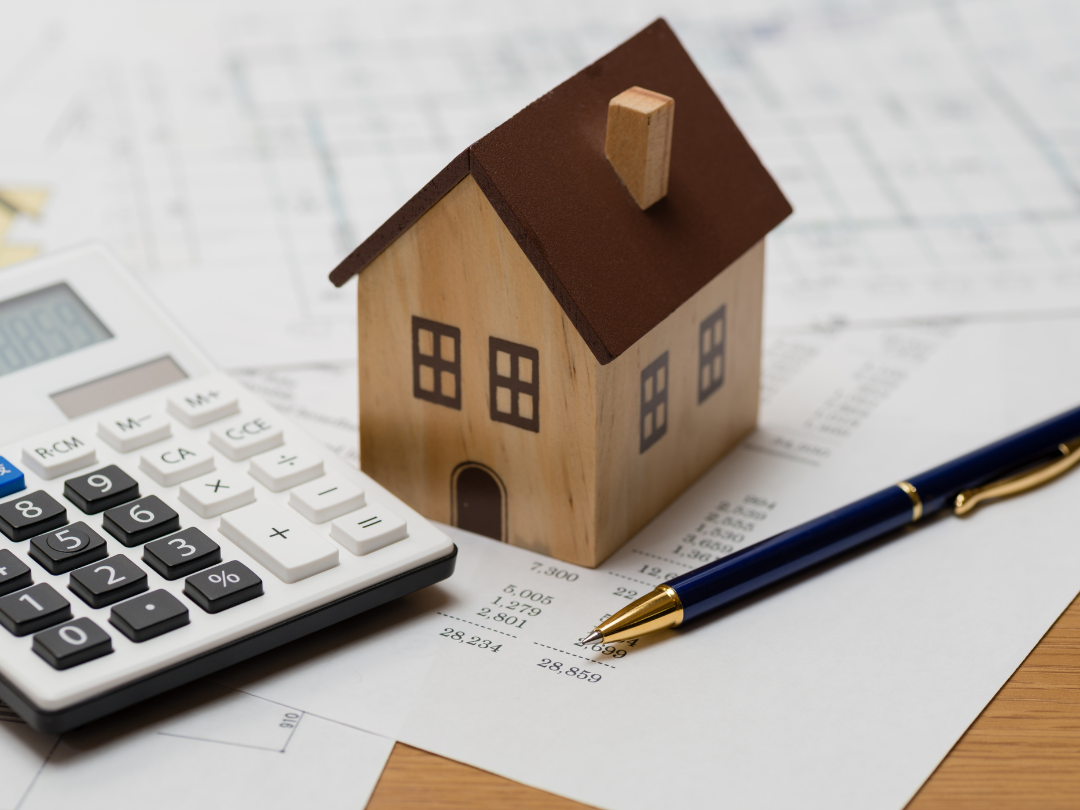The Hidden Costs of Buying a Home (And How to Budget for Them)
Buying a home is one of the most exciting and rewarding milestones in life. Yet, for many first-time buyers and even seasoned homeowners, it can also become an overwhelming financial challenge. Most people prepare for the big-ticket items: the down payment and the mortgage. However, several hidden costs can quickly catch buyers off guard if they aren't accounted for early on.
In this guide, we’ll explore the most common hidden costs of buying a home, provide real-world insights into how they impact your budget, and share practical tips to help you plan with confidence. Whether you're buying in a bustling city or a quiet suburb anywhere across North America, understanding these costs ahead of time is crucial to avoid financial stress down the road.
1. Closing Costs: More Than Just Paperwork
When it comes time to finalize your home purchase, many buyers are surprised to learn that closing costs can range from 2% to 5% of the purchase price. For a $400,000 home, that’s anywhere from $8,000 to $20,000 in additional expenses.
Common closing costs include:
Loan origination fees: Charged by the lender for processing your loan.
Appraisal fees: Required by lenders to confirm the value of the home.
Legal fees: Attorneys may be needed to review or draft contracts, especially in states or provinces that mandate legal representation.
Title insurance and search: Protects you and the lender against ownership disputes.
Prepaid property taxes and insurance: Often paid in advance and held in escrow.
Recording fees: To legally register the home in your name.
Many of these are non-negotiable, but some lenders may allow you to roll them into your mortgage. Still, budgeting for them upfront is the smarter move.
An important step in the process is to start working with an expert real estate agent in your area that can help you navigate negotiations more smoothly and likely offset or reduce some of these costs.
2. Home Inspections and Unexpected Repairs
A professional home inspection is essential. It typically costs between $300 and $600, but its value far exceeds the fee. A thorough inspection can uncover costly issues that aren’t visible during a walk-through, such as roofing problems, foundation cracks, outdated wiring, or plumbing leaks.
While you might not walk away from a dream home because of minor issues, knowing in advance allows you to budget for post-purchase repairs.
Post-inspection expenses to anticipate:
Roof replacement: $5,000–$12,000
HVAC repairs or upgrades: $3,000–$7,000
Electrical rewiring: $4,000–$10,000
Mold or pest remediation: $500–$5,000
It’s wise to set aside 1% to 3% of the home’s value annually for maintenance and repairs. Even new homes can present surprises within the first year.
3. Moving Expenses and Immediate Furnishing Needs
Once you’ve signed the paperwork, it’s time to move in, and that too comes at a cost. Whether you're hiring movers or renting a truck, expect to spend anywhere from $1,000 to $5,000, depending on the distance and size of the move.
Consider these often-overlooked moving costs:
Utility connection fees (electricity, internet, water)
Appliance purchases, if not included in the sale
Window treatments, shelving, or safety features for children or pets
Deep cleaning before moving in
Storage units (short-term or long-term)
Even if your new home is turnkey ready, most buyers spend several thousand dollars in the first few months just making the space functional and comfortable.
4. Ongoing Costs of Ownership
Once you’ve settled in, your financial obligations don’t end with the mortgage. Ongoing ownership expenses can vary greatly depending on your location, the size of your property, and local tax regulations.
Here are the most common recurring costs:
Property taxes: These can range from 0.3% to over 2.5% of the home’s value annually, depending on the state or province. For a $400,000 home, that’s $1,200 to $10,000 a year.
Homeowners insurance: Typically $800–$2,500 annually. Costs may be higher in areas prone to flooding, earthquakes, or wildfires.
Homeowners association (HOA) fees: If your home is in a community with shared amenities, expect monthly fees ranging from $50 to $500 or more.
Utilities and services: Gas, electricity, water, garbage, internet, and potentially landscaping or snow removal.
Emergency savings: Experts recommend keeping at least three months' worth of housing expenses set aside for unforeseen circumstances.
How to Budget Effectively for Hidden Costs
Being proactive about these hidden costs can save you from financial hardship later. Here’s a practical approach to prepare:
1. Build a Comprehensive Home-Buying Budget
Don’t just plan for the down payment. Include line items for:
Closing costs
Inspection and appraisal
Moving costs
Immediate upgrades or furnishings
A buffer for repairs and maintenance
2. Use a Home Affordability Calculator
Many online tools allow you to input expected taxes, insurance, and HOA fees to get a more realistic monthly payment estimate. Make sure you’re calculating based on your full expected costs, not just the mortgage.
3. Work With Trusted Professionals
A reputable lender can give you a detailed loan estimate upfront. Likewise, your real estate agent, home inspector, and legal advisor can help you foresee costs specific to the region you're buying in.
4. Start Saving Early
Hidden costs are rarely optional, and they often come due all at once. Starting a separate “home purchase fund” months in advance can help you avoid dipping into emergency savings or taking on credit card debt.
Buying a home is a powerful investment in your future, but it’s one that requires thorough preparation. The most common pitfall for buyers is underestimating the hidden expenses that pile up before and after move-in day.
By learning what to expect and budgeting accordingly, you’ll reduce stress, avoid financial strain, and start your new chapter with more confidence. Homeownership should feel like a milestone, not a burden.
Don’t be discouraged by the extra costs. Instead, treat them as essential ingredients of the total investment, and with the right knowledge and planning, they won’t be a surprise at all.







